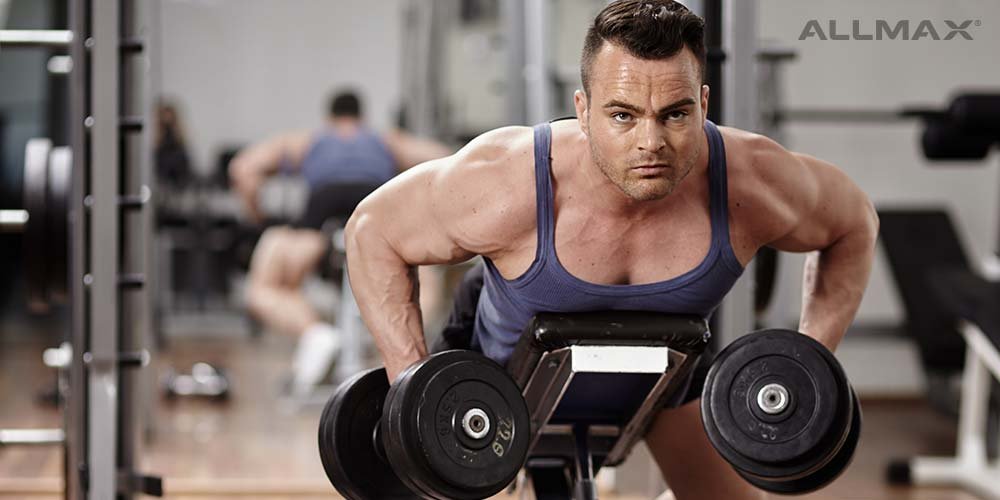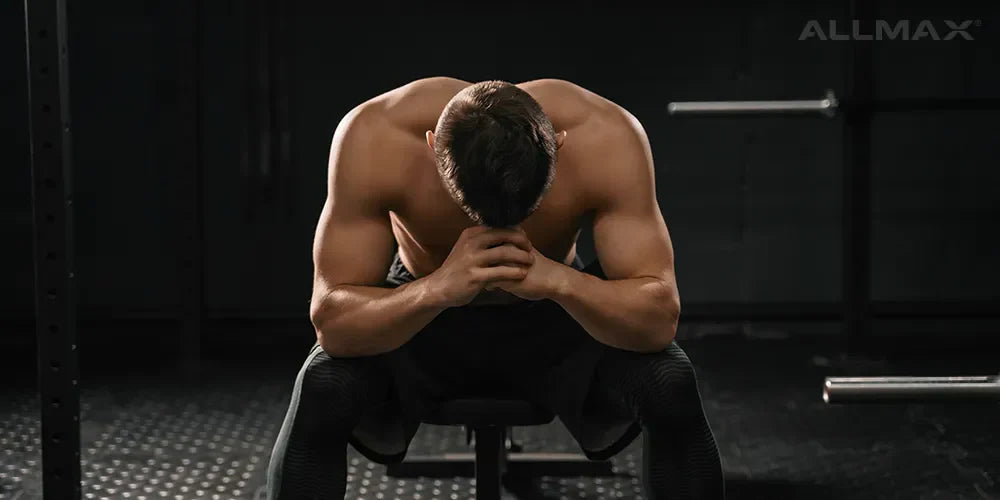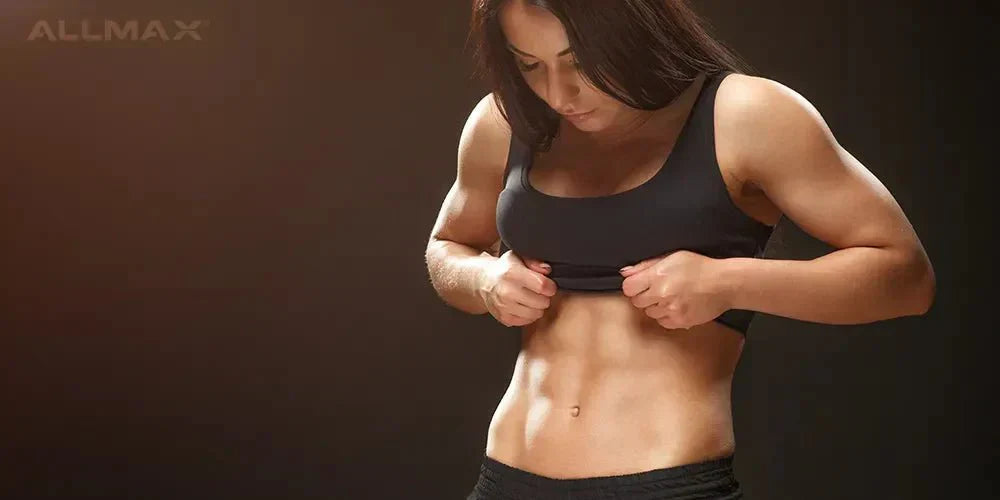Out of all of the exercises that you can use to build strong and powerful lat muscles, none are more powerful than the chest-supported row. In contrast to chin-ups and deadlifts, each of which tends to hit only one part of your back, chest-supported rows target both the upper and lower halves of the entire latissimus dorsi complex. This makes them the perfect accessory exercise to stack on top of your favorite full-body lifts.
While many lifters prefer to do chest-supported rows on the main training day for their back, others adopt an integrated approach and work in several sets of these rows on a squat day or a bench day. If you’re willing to dial back the poundage a little bit, then you’ll also find that the chest-supported row makes an excellent warmup exercise. The combination of lat activation and scapular retraction helps fire up your entire body without leaving you fatigued.
Regardless of how you use them, chest-supported rows give you the targeted hypertrophy that every bodybuilder dreams of.
Back Muscle Anatomy: Understanding Key Muscle Groups
To understand what makes the chest-supported incline row so powerful, you first need to understand a bit about how the main muscle groups in the back are woven together.
More specifically, these seven groups account for roughly 90% of the musculature in your back:
Muscle Group |
Location & Function |
Rear Deltoids |
Stretch from just above your scapula to underneath the first rib. Involved in overhead pressing and gymnastic feats. |
Teres Minor |
Located under the rear deltoid; stabilizes the humerus head and helps with lateral arm rotations; part of rotator cuff. |
Teres Major |
Larger than teres minor; rests on the lower half of the shoulder blade; secondary muscle used in chest-supported rows. |
Trapezius |
One of the largest back muscles; spans from middle back to shoulder blades and up to neckline. |
Rhomboid Major |
Connects spine to shoulder blades; retracts scapula during pulling exercises like rows. |
Erector Spinae |
Small but crucial; allows spine flexion, rotation, and extension. Dumbbell chest-supported row effectively develops it. |
Latissimus Dorsi |
Largest upper body muscle; creates "bat-wing" appearance; supports lumbar flexion and extension. |
How Chest Supported Rows Build Strong and Wide Back Muscles
By taking your legs out of the equation, chest-supported rows place all the lifting load on the teres major, latissimus dorsi, trapezius, and rhomboid major.
Key points during the lift:
-
Concentric phase (lifting):
- Lats stabilize and assist weaker muscles.
- Many lifters squeeze the lats at the top and retract the scapula for isometric contraction.
-
Eccentric phase (lowering):
- Slow, controlled lowering coordinates the back muscles.
- Most hypertrophy occurs during this phase.
Variations & customization:
- Change the angle or weight to target different muscle groups.
- Adjust tempoto focus on different muscle fibers:
- Fast, light reps for explosive fast-twitch fibers (e.g., wrestlers).
- Heavy, slow reps to simulate sustained force (e.g., football players).
Step-by-Step Guide to Proper Chest Supported Dumbbell Row Technique
The chest-supported row is one of the most effective exercises to develop your lats and overall back strength. Unlike other back movements, it targets multiple muscle groups simultaneously, helping you build size, improve posture, and enhance shoulder stability. Whether you’re a bodybuilder, athlete, or fitness enthusiast, mastering this exercise can take your back training to the next level.
Properly Performing The Chest-Supported Dumbbell Row
Setup:
- Bench:
- Use a flat or incline bench; adjustable bench preferred for varying angles.
- Bench with a rack for weights is ideal.
- Weights:
- Barbell with plates or dumbbells.
- If using dumbbells on an incline bench, have a flat bench nearby to rest weights.
Safety check:
- Lean over the bench without weights and check there’s at least 6 inches of space between your fingertips and the floor to avoid hitting your knuckles when lowering weights.
Step-by-step instructions:
- Place your chest against the bench, feet flat on the floor.
- If feet won’t stay flat, your ankle flexibility may need work.
- Grip the weight firmly, but not so tight that your fingers tire.
- Take a deep breath and fire your glutes before lifting.
- Lift the weight straight up until arms are bent at 90 degrees.
- Avoid any lateral movement of the weight.
- At the top, squeeze your shoulder blades together like you’re crushing a grapefruit between them.
- Slowly lower the weight until arms are fully outstretched.
- If you lose control, drop the weight immediately to avoid injury.
Rep Ranges & Training Goals
Your training goals will determine how you approach the chest-supported row. Whether you aim for muscle growth, strength, or warming up, adjusting the number of repetitions and the weight will help you get the best results from this versatile exercise.
Goal |
Reps |
Weight |
Hypertrophy |
5 to 8 |
Moderate to heavy |
Warm-up/Flexibility |
10 to 15 |
Light |
Strength/Power |
Not common |
Heavy (low reps) |
Benefits of the Chest Supported Row
Chest-supported rows offer more than just muscle growth. This exercise improves your posture, enhances shoulder flexibility, strengthens your grip, and can even help reduce back pain. Adding chest-supported rows to your routine can benefit your overall back health and performance will help you:
- Build strong and flexible lats
- Improve posture
- Increase shoulder flexibility
- Enhance grip strength
- Boost overall flexibility
- Reduce back pain
Tips for Safe and Effective Chest-Supported Rows
- Ensure your chest remains in contact with the bench throughout to avoid unwanted torso movement.
- Maintain a neutral spine and avoid over-arching your lower back.
- Use a weight that allows full control through the entire range of motion.
- Avoid jerking or swinging the weights — focus on slow and controlled reps.
- Warm up thoroughly, including activating your glutes to stabilize your lower body.
Variations of the Chest-Supported Row
Variation |
Description |
Target Muscles |
Chest-supported dumbbell row |
Performed on an incline bench with dumbbells |
Lats, rhomboids, traps, biceps |
Chest-supported barbell row |
Uses a barbell instead of dumbbells on the bench |
Lats, traps, rhomboids |
Incline dumbbell row |
Bench angle varied to hit different muscle fibers |
Upper back muscles, rear deltoids |
T-bar row (chest-supported) |
Chest supported on pad with a T-bar apparatus |
Lats, traps, rhomboids |



